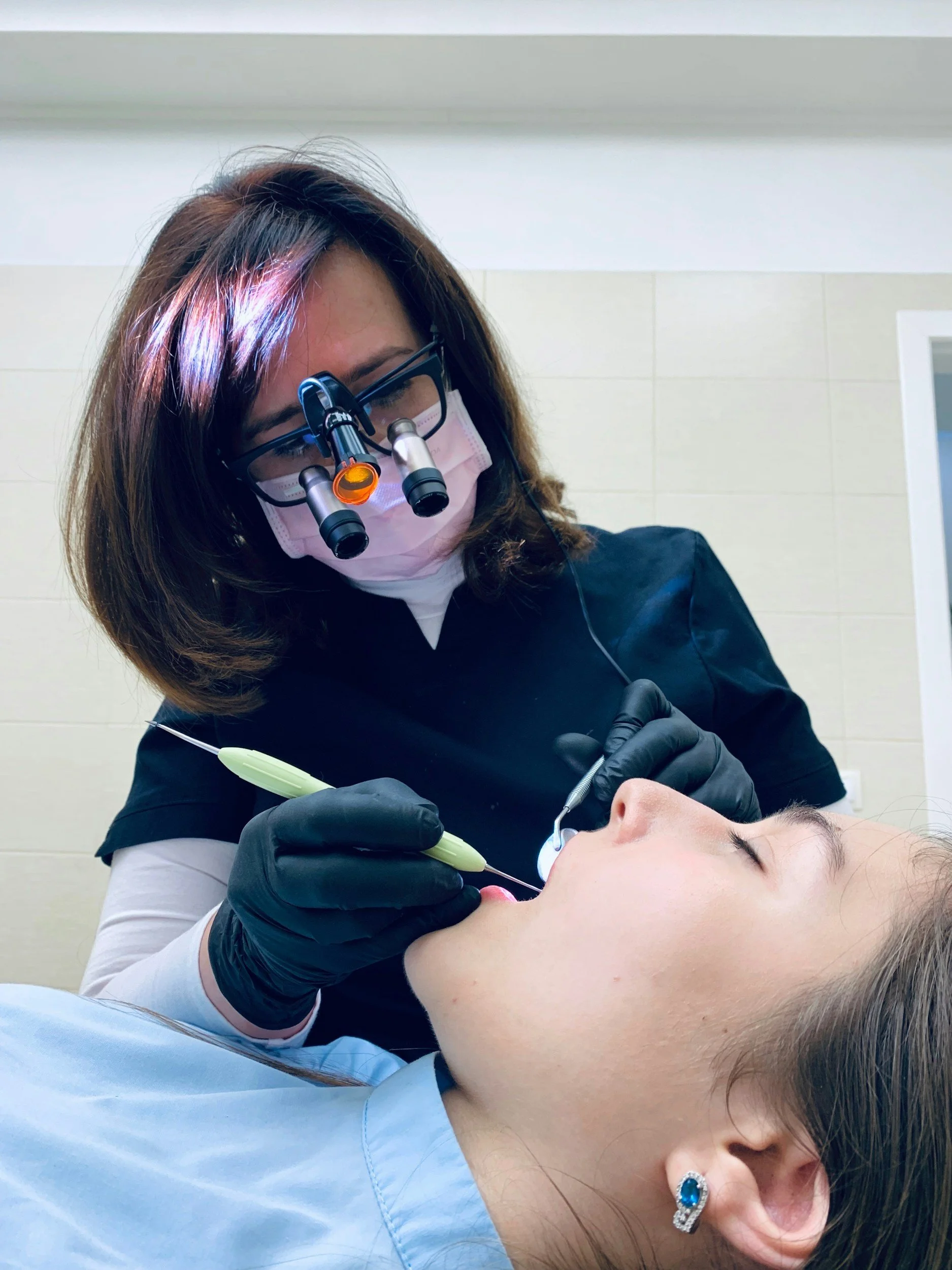The Importance of Physiotherapy for Burn Victims During Rehabilitation
Burn injuries are one of the most traumatic and life-altering experiences a person can endure. The impact of these injuries goes beyond the physical damage to the skin and tissues, affecting both the body and mind. For burn victims, rehabilitation is crucial for restoring mobility, reducing pain, and improving overall quality of life. One of the most vital components of rehabilitation is physiotherapy. We will explore how physio in freshwater plays a pivotal role in burn rehabilitation, helping victims recover from their injuries' physical and psychological effects. Through tailored exercise programs, pain management techniques, and the promotion of functional independence, physiotherapy is essential in helping burn victims regain their strength and confidence.
Physical Rehabilitation: Restoring Movement and Flexibility
Burns can cause significant physical limitations, especially when they affect the joints or large areas of the body. Scar tissue formation is one of the most common challenges faced by burn victims. Scar tissue is less elastic than normal skin, leading to stiffness, reduced flexibility, and joint immobility. Physiotherapy helps counteract these effects by improving flexibility and restoring the normal range of motion. A physiotherapist can design a personalized stretching and strengthening program that targets affected areas, such as the arms, legs, or neck, helping to prevent contractures. Contractures occur when scar tissue pulls on muscles or tendons, making moving the affected body part difficult. Through a series of targeted exercises, physiotherapists work to reduce the formation of contractures and promote healing, ensuring that burn victims regain their functional movement. This process is important for physical recovery and a person’s emotional well-being, as it helps them regain a sense of independence.
Pain Management: Alleviating Discomfort and Promoting Healing
Pain is an inevitable part of the burn recovery process. Whether it is caused by the initial injury or the subsequent procedures required for healing, managing pain effectively is crucial for a successful rehabilitation. Physiotherapy offers various pain management strategies that can help reduce discomfort and speed up recovery. One such approach is gentle mobilizations and massages, which can help increase blood circulation, reduce muscle stiffness, and alleviate pain. Additionally, physiotherapists may incorporate heat therapy, cold therapy, or electrical stimulation to manage pain and promote healing. Cold packs can help reduce inflammation in the early stages of recovery, while heat therapy may be used to relax muscles and ease chronic pain later on. The combination of these techniques allows for better pain control, which enables burn victims to engage more fully in their rehabilitation exercises. By addressing pain effectively, physiotherapists help create a more comfortable and manageable healing process, encouraging patients to stay active in their recovery journey.
Psychological Support: Enhancing Mental Health and Well-Being
In addition to the physical challenges faced by burn victims, the psychological effects can be equally debilitating. Burn injuries often lead to emotional distress, including feelings of sadness, anger, anxiety, and even depression. The trauma associated with burns can be overwhelming, especially when victims face visible scars or permanent disfigurement. Physiotherapy plays a significant role in supporting the mental health of burn victims during their rehabilitation. By setting achievable goals and providing a structured rehabilitation plan, physiotherapists give patients a sense of purpose and accomplishment. The physical progress made through physiotherapy can also help boost self-esteem and body image, which are often negatively affected after severe burns. Furthermore, regular exercise and movement have been shown to improve mood and reduce stress levels. Through ongoing support, physiotherapists help burn victims regain a positive outlook on their recovery, aiding their mental and emotional healing and physical rehabilitation.
Scar Management: Minimizing Scarring and Promoting Skin Health
One of the most significant concerns for burn victims is the long-term appearance of their scars. Scarring can affect a person’s confidence and quality of life, especially if it is located in visible areas. Physiotherapy plays a key role in minimizing the appearance of scars and promoting healthy skin. Through massage and pressure garments, physiotherapists help reduce the size and severity of scars, allowing for more flexible and less noticeable skin. Massaging scar tissue is a proven technique that can help break down adhesions, which are thick and fibrous tissue that may form as part of the healing process. By gently massaging the area, physiotherapists can encourage blood flow to the injured skin, improving circulation and helping the tissue heal more effectively. Pressure garments, often worn over the scarred area, apply constant, gentle pressure to help flatten and soften the scar tissue over time. These techniques and other methods, like silicone gel sheets, are important for managing scarring and promoting skin health, ensuring that burn victims feel more comfortable and confident in their appearance.
Physiotherapy is an indispensable aspect of burn rehabilitation, offering invaluable benefits to burn victims throughout their recovery journey. From improving movement and flexibility to managing pain and enhancing mental health, physiotherapy addresses both the physical and psychological challenges associated with burn injuries. The rehabilitation process, guided by skilled physiotherapists, ensures patients regain as much independence as possible while minimizing scarring and promoting overall well-being. We have explored the many ways in which physiotherapy supports burn victims, helping them recover physically and emotionally. With the right treatment, burn victims can regain a sense of normalcy and move forward with hope and confidence, knowing that their rehabilitation is not only about healing their wounds but also restoring their lives.






